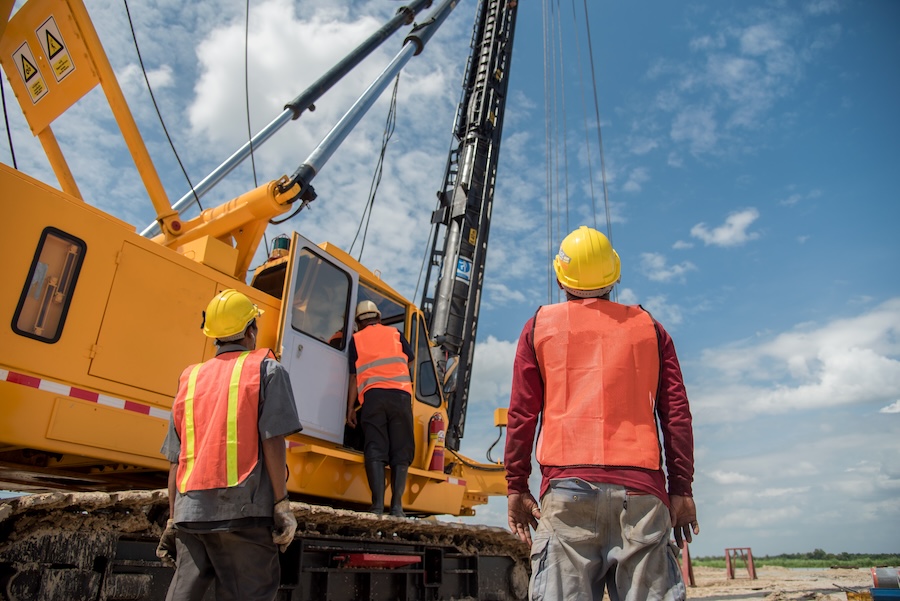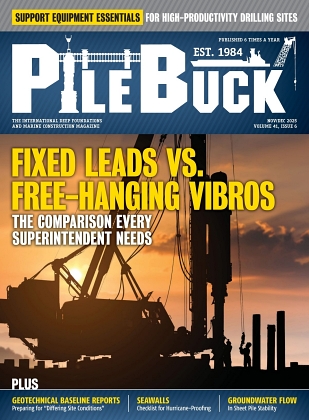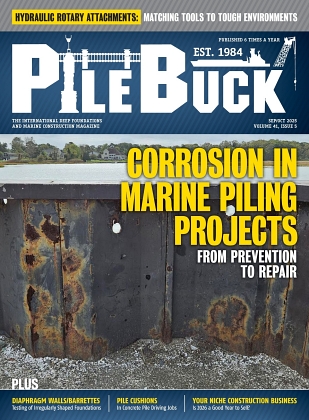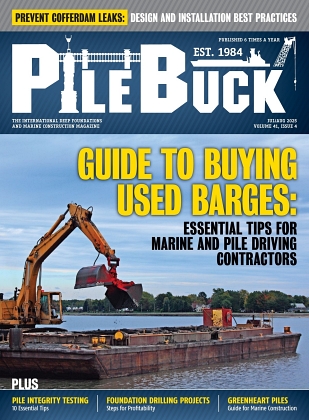Top 10 Things a Pile Buck Apprentice Must Know


View the complete article here.
This topic was requested in the comment section from one of our YouTube videos.
Pile bucks play a critical role in ensuring that structures are safely anchored to the ground or underwater. For a pile buck apprentice—learning the trade requires a combination of technical skill, safety awareness, and hands-on experience.
Here are the top things every pile buck apprentice must know to succeed in this challenging and rewarding field…
1. Basic Understanding of Pile Driving Equipment
A pile buck apprentice must quickly become familiar with the variety of equipment used on the job. Pile drivers, hammers, cranes, and other heavy machinery are at the core of the work. Knowing how to operate and maintain this equipment safely is essential. Apprentices should learn the mechanics of pile driving rigs and how to troubleshoot common mechanical issues, such as misaligned piles or equipment malfunctions.
2. Knowledge of Different Pile Types
There are various types of piles used depending on the project—including steel, concrete, and timber piles. An apprentice must understand the differences between them, how they’re installed, and their applications. Steel piles, for instance, may be driven deeper and are often used in marine construction—while timber piles might be used for lighter loads or more temporary installations.
3. Reading and Interpreting Blueprints
Pile driving is a precise task that requires a deep understanding of construction plans and blueprints. As an apprentice, being able to read these documents is crucial. You’ll need to interpret diagrams that show where piles should be driven, the required depth, and the positioning relative to the overall structure. This skill will also help you collaborate with engineers and foremen on the job site.
4. Safety First: Understanding Job Site Protocols
Of course, safety is a priority in pile driving—given the hazardous nature of the work environment. As a pile buck apprentice, you must learn and follow job site safety protocols—which include wearing the appropriate personal protective equipment (PPE), operating machinery safely, and being aware of potential risks like heavy lifting or working near water. Understanding OSHA regulations and how they apply to pile driving operations is equally important.
5. Pile Alignment and Driving Techniques
Proper pile alignment is key to ensuring that the foundation is strong and reliable. Apprentices must learn how to properly align piles before driving them into the ground, using techniques like survey tools and visual aids. Knowing how to avoid mistakes such as pile refusal or misalignment will ensure that the piles are driven securely and in the right position.
6. Marine Construction Considerations
For pile bucks working in marine environments, apprentices must grasp the added complexities of working underwater or near water. This includes understanding the effect of tidal changes, soil conditions, and how to properly set up floating equipment or barge-mounted rigs. Marine construction also comes with its own set of safety risks, such as working near or in water, that an apprentice must be prepared for.
7. Teamwork and Communication
Pile driving is not a solo job. Successful pile buck apprentices know how to work as part of a team. From rig operators to engineers, communication between team members is essential to ensure the job is done efficiently and safely. Apprentices must develop strong communication habits, including how to give and receive instructions clearly and how to respond to issues as they arise on the job.
8. Soil and Ground Conditions
Understanding the types of soil and ground conditions encountered on different job sites is critical. Apprentices must learn how different soil types affect pile driving and how to modify techniques to suit conditions such as hard rock, soft clay, or sandy soils. They should also be aware of the importance of soil testing and how it guides the pile driving process.
View the complete article here.
What skills are essential for a pile buck apprentice?
Knowledge of pile types, equipment operation, blueprint reading, safety protocols, and teamwork are critical for success.
How does soil type affect pile driving?
Soil type determines the techniques used and influences pile alignment, driving depth, and overall stability.

















